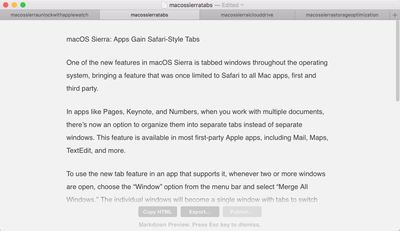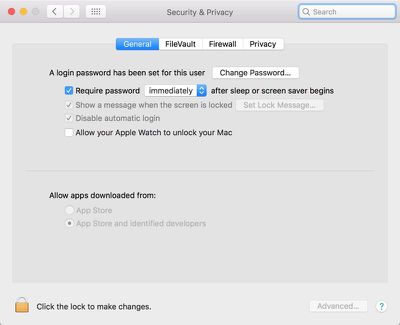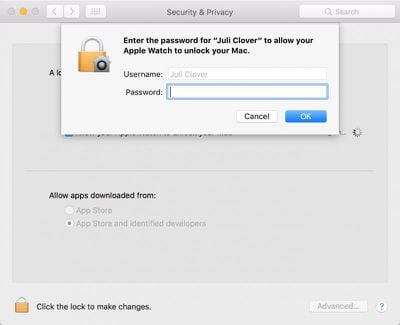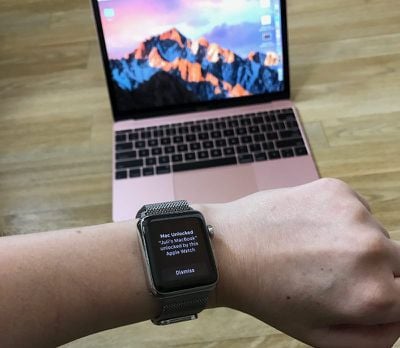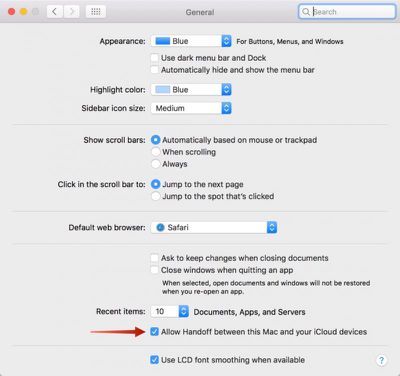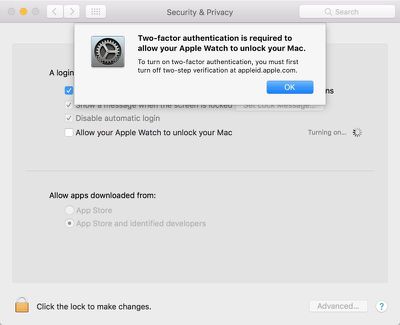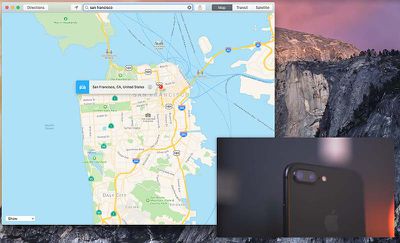AT&T CEO Randall Stephenson today confirmed that the company is planning to launch an online streaming video service, called DirecTV Now, sometime in the fourth quarter of 2016 (via CNET). Featuring "very, very aggressive price points," the service is said to include more than 100 premium channels and will come in app form on smartphones, tablets, and set-top boxes, although the specifics of the launch were kept to a minimum.
Stephenson remarked on the company's ability to introduce the service at a low price point, due to the fact that DirecTV Now won't require customer visits and installation, and "all of the ordering, customer service and billing is done digitally, reducing the need for more traditional tech support." The streaming service will also provide the option between one and two streams per household, with customers able to increase simultaneous streaming by paying a little more each month.

Cord cutters have seen an explosion of options when it comes to streaming video, including services like Hulu, Netflix and HBO Go. But cobbling these services together is costly and complicated, which is why many consumers still stick with the easier package deal of a cable subscription.
AT&T believes it can offer something more attractive. The company plans to initially go after the 20 million households with no pay TV subscription, Stephenson said. When asked if DirecTV Now could threaten its traditional DirecTV business, Stephenson acknowledged some risk. But "that's a good sign," he said.
"If you don't see them threatening your legacy products, 99 percent of the time they don't go anywhere," he said. "It means you found something the market really wants."
Users will also be able to bundle DirecTV Now into the company's broadband and mobile services, and all of the various aspects of AT&T's offerings will work in the same ecosystem, so customers who stream DirecTV Now on their smartphone won't get hit with data overcharges.
AT&T has struck deals with Disney and HBO for its new streaming platform, but Stephenson noted that a few "holdouts" still remain, preventing DirecTV Now from a more immediate launch. Still, the CEO said the content deals process is around 90 percent done. By the time customers begin signing up for the service after its late-2016 launch, Stephenson thinks that "in 2017, this will be a big driver of video for us."
The amount of video streaming apps and services has been growing steadily over the past few years, and new companies consistently announce their presence in the space. This year, Hulu confirmed an upcoming live cable TV service, and premium channels like HBO, Showtime, and Starz each have their own content specific, monthly subscription services that range between $9 and $15. Apple was even attempting to get a similar $30-$40 web-based TV package launched last year, but failed deals with networks caused the company to put its plans on hold.


 Apple has approached British luxury carmaker and Formula One team McLaren about a potential acquisition, likely to be valued at between $1.3 billion and $1.9 billion, according to
Apple has approached British luxury carmaker and Formula One team McLaren about a potential acquisition, likely to be valued at between $1.3 billion and $1.9 billion, according to 

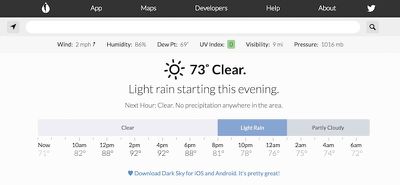

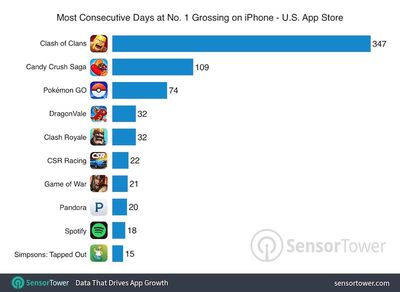
 Instagram is introducing a "
Instagram is introducing a "
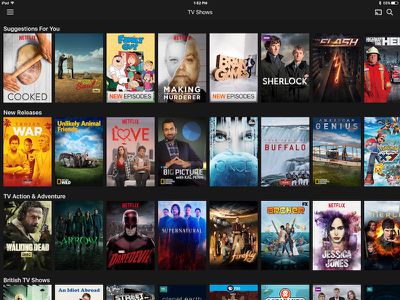



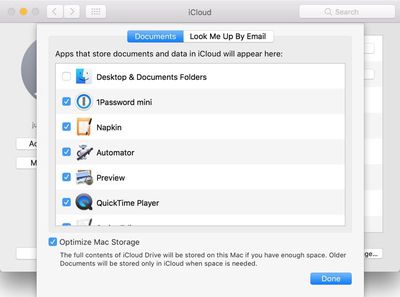
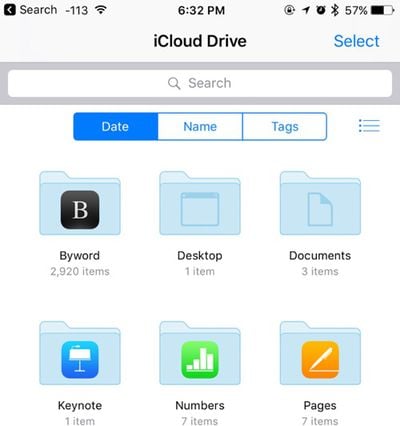
 iPhone 7 component costs are estimated to start at $219.80, which is $36.89 higher than iPhone 6s, according to a
iPhone 7 component costs are estimated to start at $219.80, which is $36.89 higher than iPhone 6s, according to a 

